"A worrying environmental report indicates that Dhaka is now the fifteenth most polluted city in the world. This morning, the city's Air Quality Index (AQI) score was 119, indicating "unhealthy" conditions for vulnerable populations."
The bustling capital of Bangladesh, Dhaka, woke up to a blanket of polluted air, as the AQI soared to alarming levels. The city's air quality was categorized as 'unhealthy for sensitive groups,' a status that is all too familiar for its residents. The AQI, a measure of daily air pollution, indicates the cleanliness of the air and potential health risks. In Dhaka, the AQI is determined by the concentration of five major pollutants: PM10, PM2.5, NO2, CO, SO2, and ozone.
Dhaka's struggle with air pollution is not an isolated case. It stands alongside cities like Delhi, Cairo, and Kathmandu, which top the list with even higher AQI scores of 385, 187, and 171, respectively. The AQI scale categorizes air quality levels from 'good' to 'hazardous,' with Dhaka's current state indicating significant health risks for vulnerable populations.
The World Health Organization (WHO) has long warned of the deadly impact of air pollution, attributing an estimated seven million deaths annually to this invisible killer. The health consequences are dire, with increased mortality rates from stroke, heart disease, chronic obstructive pulmonary disease, lung cancer, and acute respiratory infections linked to poor air quality.
Dhaka's air quality typically deteriorates in the winter months, only to see marginal improvement with the onset of the monsoon season. This cyclical pattern of pollution underscores the need for sustained and effective air quality management throughout the year.



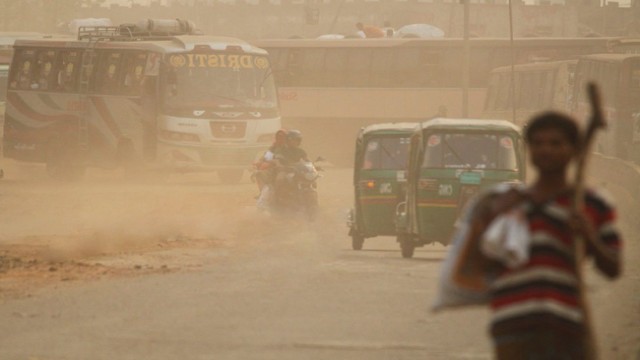
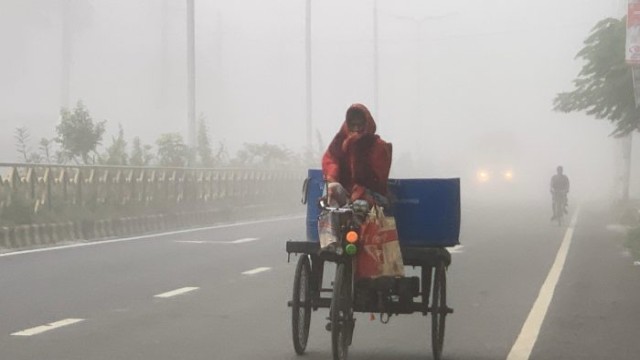



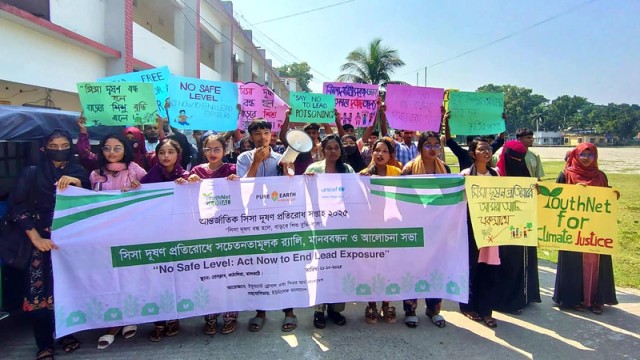



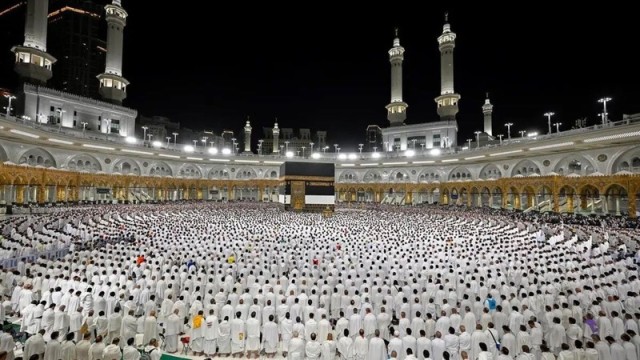






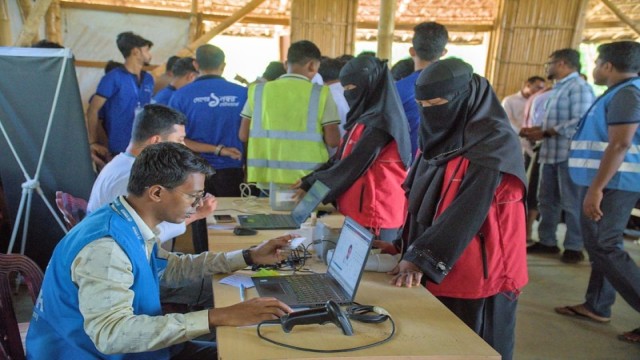











Comment: